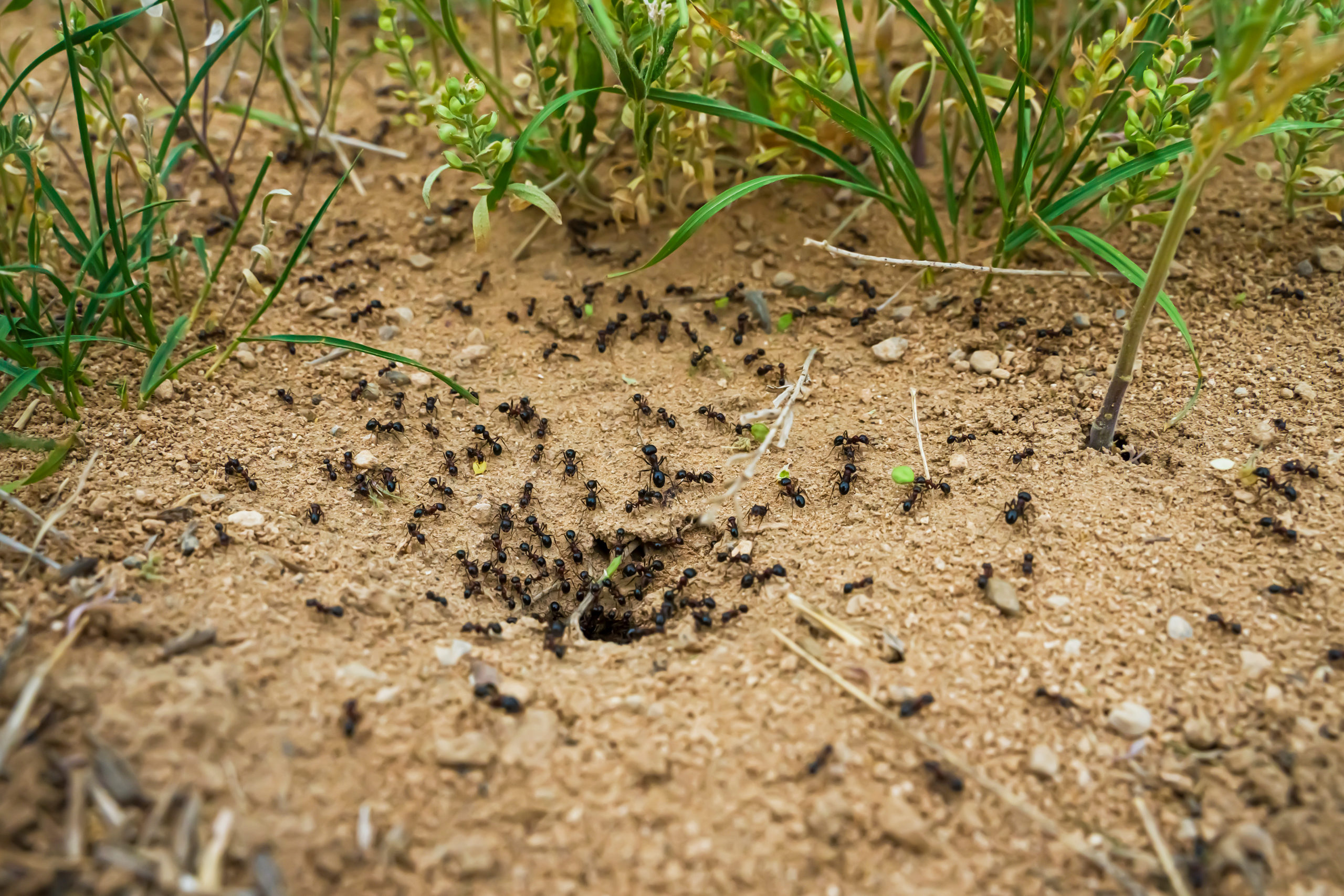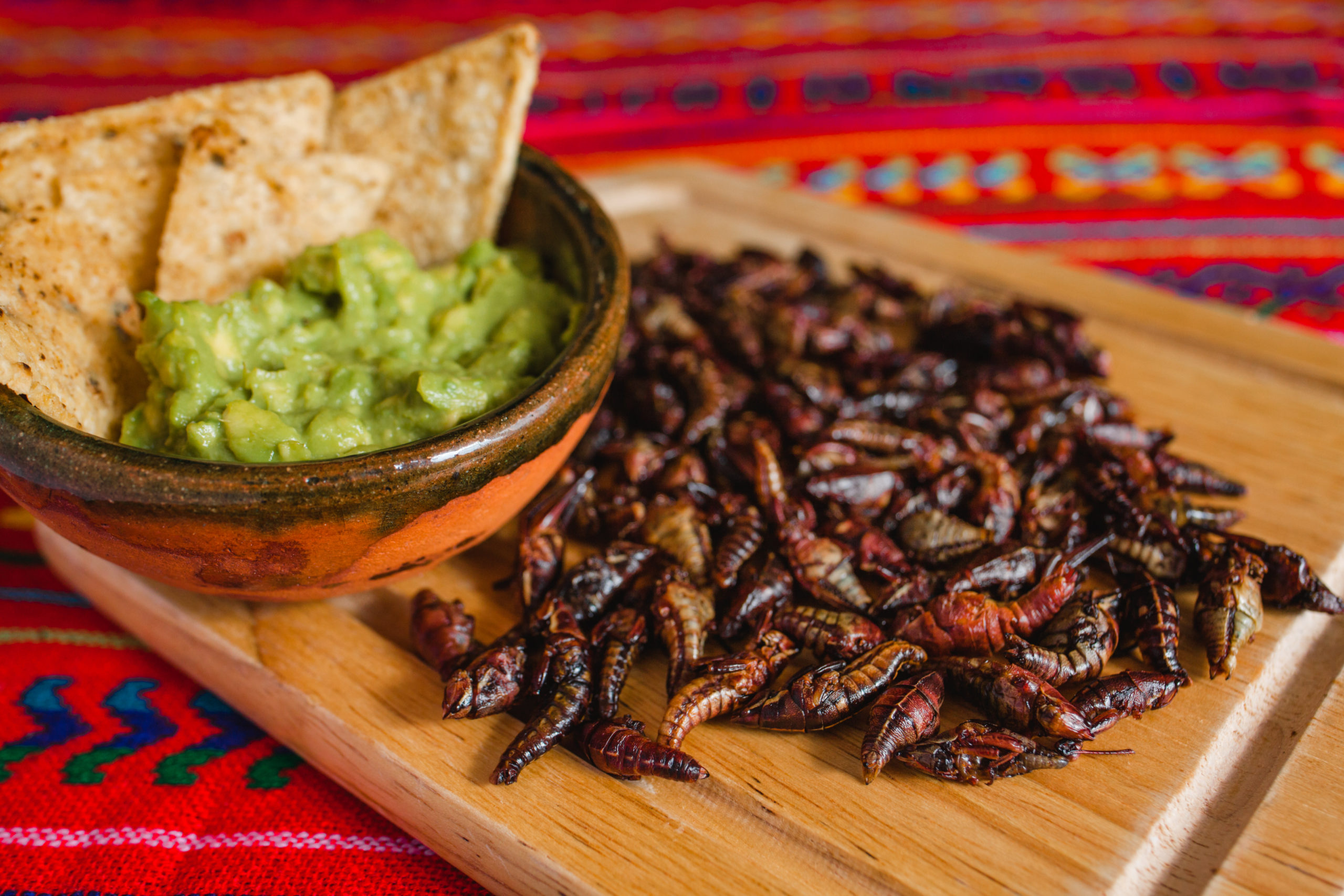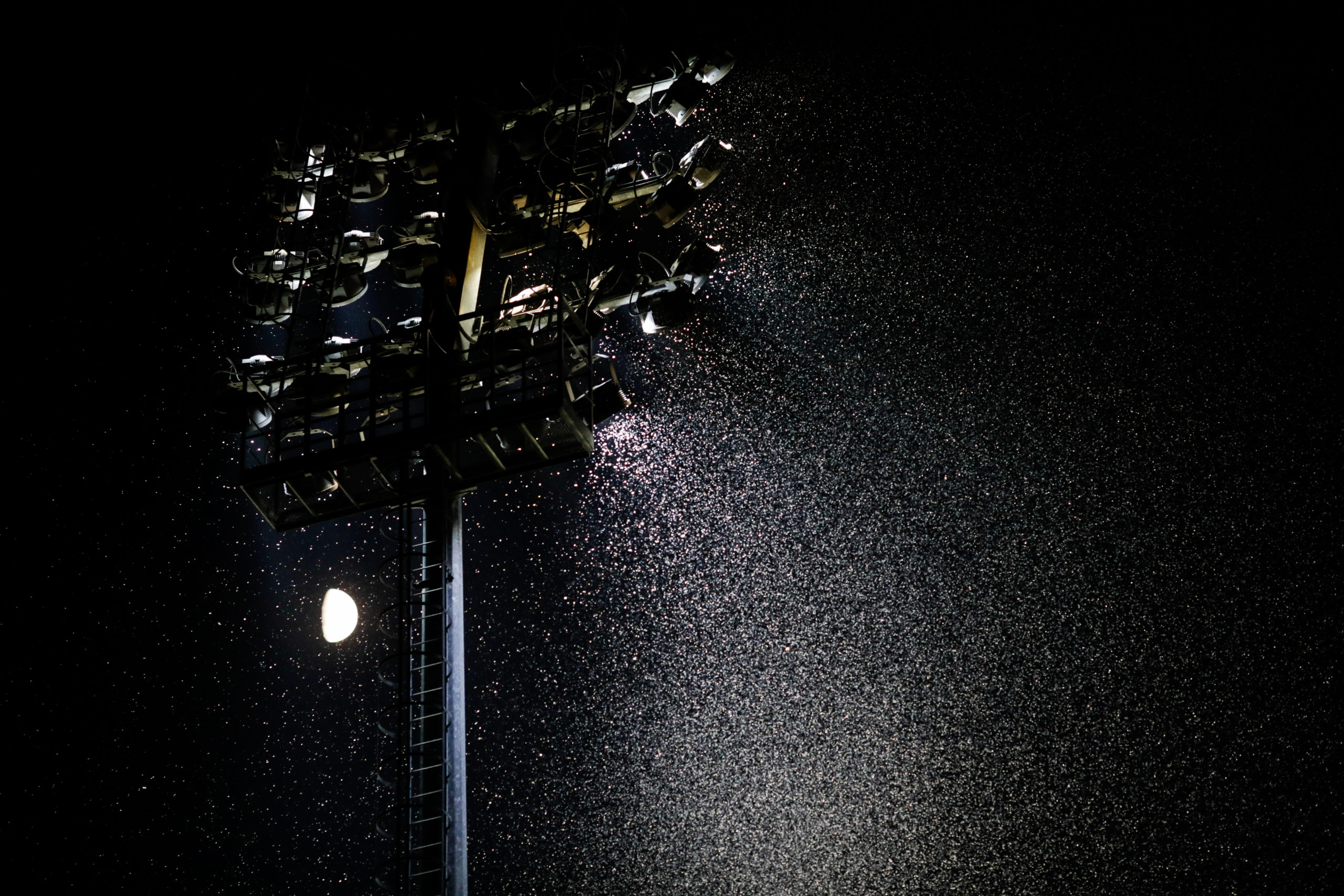Take Me Out to the Ball Game: Pests on the Baseball/Softball Diamond
Take Me Out to the Ball Game: Pests on the Baseball/Softball Diamond
Sports fans rejoice: baseball and softball season is just around the corner! Regarded as America’s pastime for decades, baseball is a unique sport that utilizes agility, strength, strategy, and repetition in order to make for an entertaining and fast-paced game when played at a higher level. It is also a great game to be a spectator for, as it gives you the opportunity to experience the beautiful spring and summer weather. But sadly, with all of the sunshine and green grass comes a new generation of common insects to bother everyone. Here are the most common baseball/softball pests that have annoyed players and fans for years.
Ants

Ants love to invite themselves to many kinds of events, including baseball. Different kinds of ants are drawn to the countless food and drink spills that are present at games of all levels. From the sunflower seeds and sports drink residue in the dugouts to the popcorn and soft drinks in the stands, ants are in paradise when they enter a park. The worker ants follow the smell of the food and lead the rest of the colony there, putting off pheromones along the way. One ant in particular loves to build their nest in the grassy field: the appropriately-named field ant. This ant is beneficial since it eats other pests, but it does become a nuisance in the field. Field ants build their homes in the grass, and they create larger mounds when the intensity of their creating increases. While these grass mounds aren’t very tall, they can create the potential for the ball to take a bad hop or a player to trip. And since they love direct sunlight in the grass, the outfield is the perfect spot for field ants to make their home. The redeeming quality of these ants is that they aren’t dangerous to humans. They will bite when squished, but that won’t be an issue for players who step on them with their cleats.
Grasshoppers

There is a reason these insects are famous for only being seen in nightmarish swarms. They find strength in numbers as they travel to new food sources or escape the clutches of predators. They are drawn to the grass of baseball and softball fields for both eating and laying their eggs. One famous example of the terrifying swarm capacities of grasshoppers is the ghastly swarm from 1972. The Texas Double-A matchup between the Amarillo Giants and the Midland Cubs was slated to begin when a massive cloud came over the stadium. There was estimated to be over one million grasshoppers that swarmed the park! Both teams actually got through a half-inning in this monstrous storm, with both fans and players constantly getting pelted by the flying insects. Every time the baseball was pitched, it smashed several grasshoppers on its way to home plate. The umpires finally called it in the bottom of the first inning, leaving everyone to find shelter and get out of the unforeseen plague. Thankfully, there hasn’t been a swarm anywhere close to this size ever since.
Grasshoppers are a Ballpark Snack?!

When grasshoppers aren’t busy swarming stadiums, they are being made into delicious snacks. These have been a delicacy in many cultures for centuries, but they have made their way into the major league stadium of America in recent years. Chapelines is a famous Mexican grasshopper concoction. It is toasted grasshoppers with chili lime flavoring. When the Seattle Mariners stadium introduced this treat in the 2017 home opener, it rapidly sold out! The Mariners serve this snack in limited quantities at their stadium to this day, and it would not be surprising if more stadiums added this dish to their lengthy menus.
Mosquitoes

Mosquitoes are arguably one of the worst kinds of pests for any outdoor activities. They suck our blood and leave behind itchy red bites for us to be tortured by for a few days. They are drawn to standing water, since that is where they live and lay eggs. So any baseball or softball fields near a body of still water is likely to be plagued by these pests. But mosquitoes are also attracted to carbon dioxide, which we produce when we exhale. They can “smell” this invisible matter through receptors, and they will follow that scent. There are more mosquitoes around sports stadiums likely because carbon dioxide is produced more rapidly. The players are running, jumping, and sliding, causing them to breathe harder and quicker. Fans who are cheering and getting into the game are also producing more carbon dioxide. The mosquitoes have a lot of potential targets at a baseball game, and they are not the home team that we want to be rooting for.
Moths

While this is typically only a problem for night games, it is still a nuisance to have furry moths flying all around while everyone is trying to enjoy the game. They are most evident in the big lights towering over the field, since moths are famously attracted to any kind of light source. It is not completely clear to scientists why moths love lights so much, but one estimation is that it is a good way to meet a mate. Outfielders are often plagued by these furry flyers, and have to swat them away while keeping an eye out for pop flies. Like grasshoppers, there is another monstrous swarm story from back in the day. This one even has a famous name: “The Night of the Living Moths.” A 1985 game between the Philadelphia Phillies and the Pittsburgh Pirates saw countless moths swarming the light towers around the Philadelphia field. The players were constantly brushing moths from their faces and uniforms during the game. Some even inhaled the moths, which is the most nightmare-inducing insect scenario ever. But the game continued on, giving the players and fans an unbelievable story to tell for years to come.
Wasps

Wasps and bees are also annoying, but in a different way. They can get too close to us for comfort, but it is dangerous to swat them since it can cause them to be more aggressive. These eusocial insects swarm when they want to find a new home, which can be on or near the diamond, unfortunately. The sides and corners of dugouts are prime real estate for either one, so it is not unusual to find a lot of stinging insects there in the dead of summer. Wasps can also hide in the coverings on the tops of chain link fence, so players should be careful when hitting batting practice near these. Left alone, wasps and bees won’t typically want anything to do with us. But if their home is disturbed at all, look out! Honey bees are the most docile, so they won’t sting us unless they feel very threatened. A pest control professional is required to properly and safely get rid of a nest, as it is not a good idea to move it yourself. This is important to take care of early in the season so that no one gets stung while they’re trying to enjoy their favorite sport.
We Step Up to the Plate
There are small DIY methods to keep the pests away from this beloved sport. Traps and sticky boards can be placed in corners of the dugout and fencing. Bug repellent is always a good idea to spray on yourself before you play or watch this game live, especially if it is nearing sunset. But pest control is always a great option to be sure that no plays are influenced by pesky insects. The players should be focused on swinging at the ball, not swatting away pests. Contact our team to learn more about how our eco-friendly treatments will keep the flies away from pop flies and grasshoppers away from grounders.
Citations
Dillon, C. (2018, June 19). How can we keep mosquitoes and other bugs out of our sports stadiums?. DW. Available at https://www.dw.com/en/how-can-we-keep-mosquitoes-and-other-bugs-out-of-our-sports-stadiums/a-44298075 (Accessed on March 22, 2022).
Garrity, J. (1986, August 18). How bugs drive baseball batty: Because God made the baseball season and the insect season concurrent, the game’s lore is rich in tales of flying, buzzing, biting, fluttering creepy-crawly things. Sports Illustrated Vault. Available at https://vault.si.com/vault/1986/08/18/how-bugs-drive-baseball-batty-because-god-made-the-baseball-season-and-the-insect-season-concurrent-the-games-lore-is-rich-in-tales-of-flying-buzzing-biting-fluttering-creepy-crawly-things (Accessed on March 23, 2022).
Kramer, D. (2021, January 13). Mariners’ famed park food: Grasshoppers?. MLB. Available at https://www.mlb.com/news/mariners-fried-grasshoppers-backstory (Accessed on March 22, 2022).
Landers, C. (2017, August 7). The story of the baseball game that was canceled by a massive swarm of grasshoppers. Cut4. Available at https://www.mlb.com/cut4/baseball-history-minor-league-game-postponed-by-grasshoppers-c246372108 (Accessed on March 22, 2022).
Lupo, L.J. (2022, January 15). How to get rid of field ants. The Spruce. Available at https://www.thespruce.com/steps-to-field-ant-control-2656356 (Accessed on March 22, 2022).
Mussen, E.C. (May 12). Removing honey bee swarms and established hives. Available at http://ipm.ucanr.edu/PMG/PESTNOTES/pn74159.html (Accessed on March 22, 2022).
Request a Free Quote Today
(We do not share your data with anybody, and only use it for its intended purpose)


